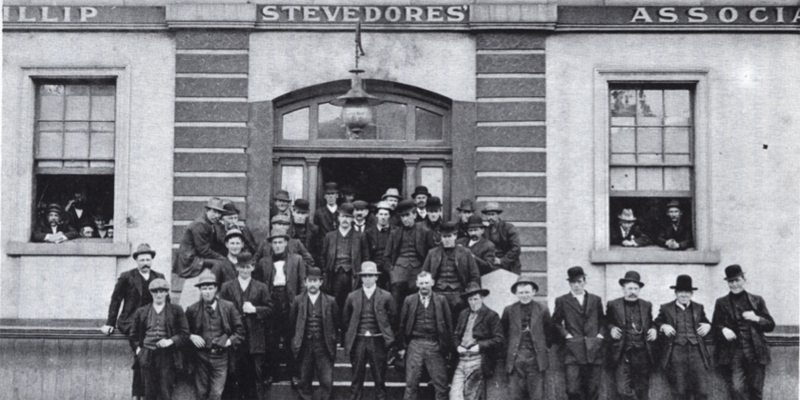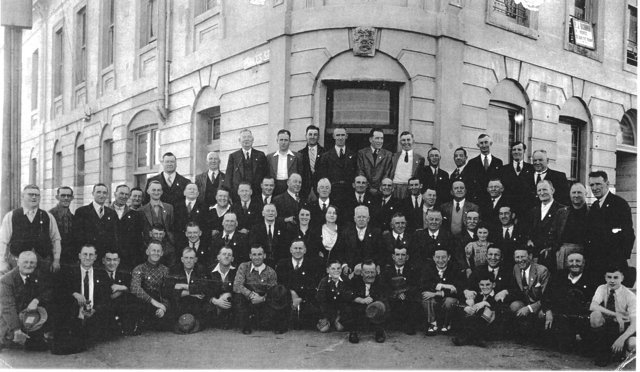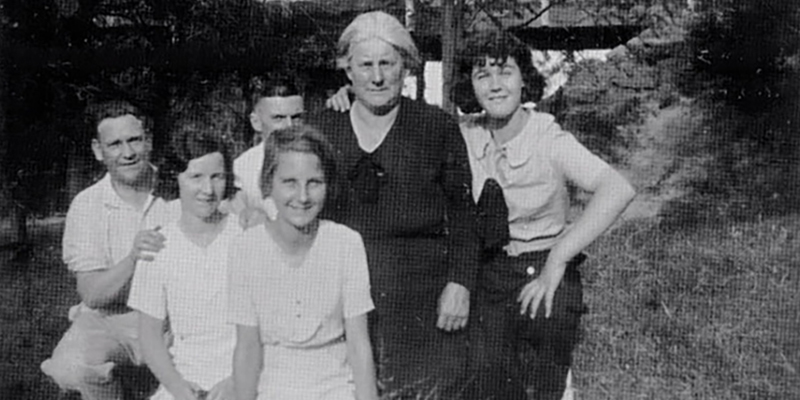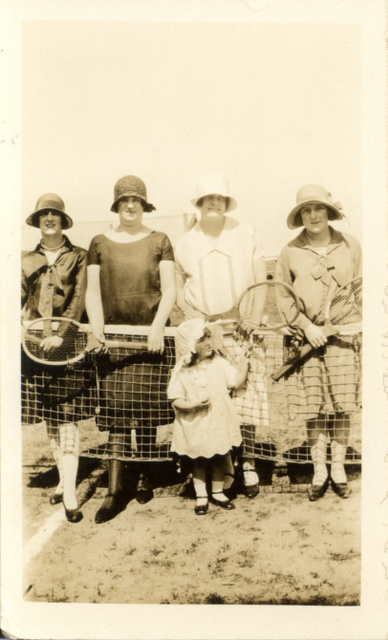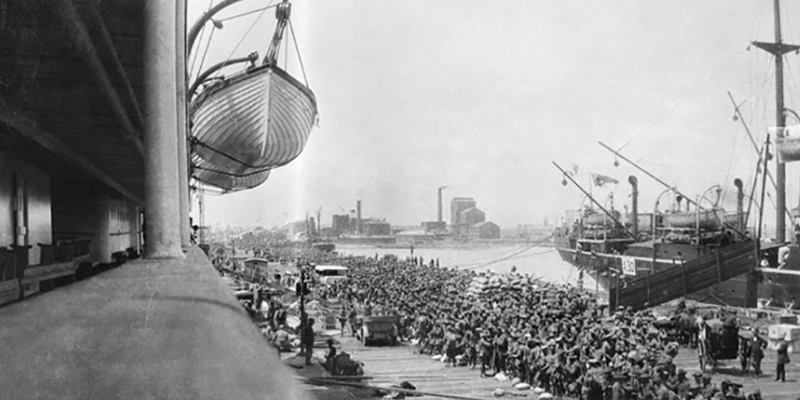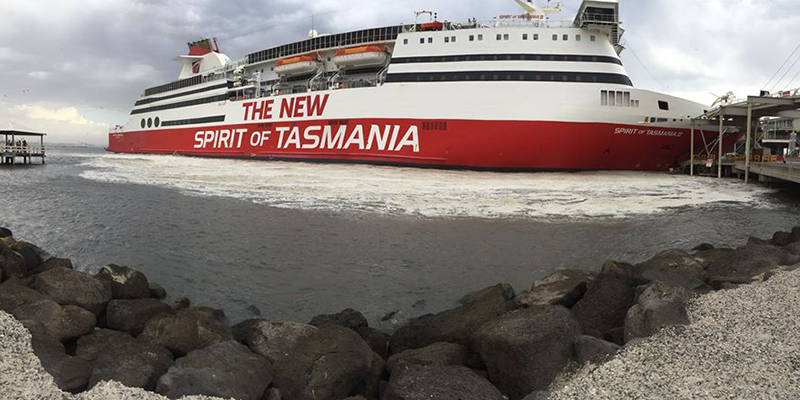Members of the Port Phillip Stevedores Association, 1905
Recently I spoke at a seminar at the Victorian Genealogical Society on the topic “Port Melbourne 1839-1880". As I wanted to mention the formation of trade unions in Port Melbourne I showed this photo of ‘Members of the Port Phillip Stevedores Association’ from 1905.
You will notice that all of the men in the…
